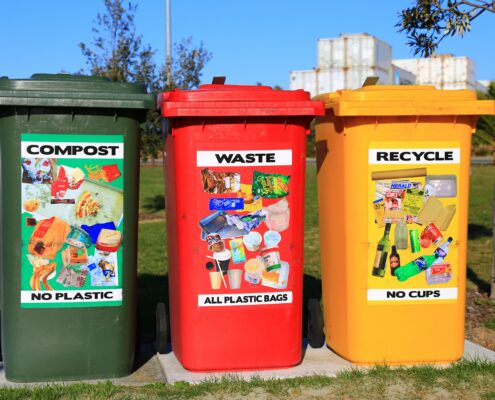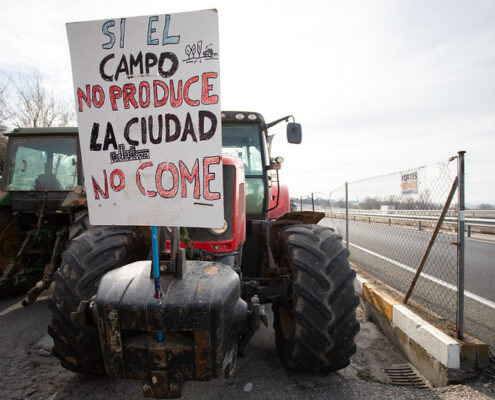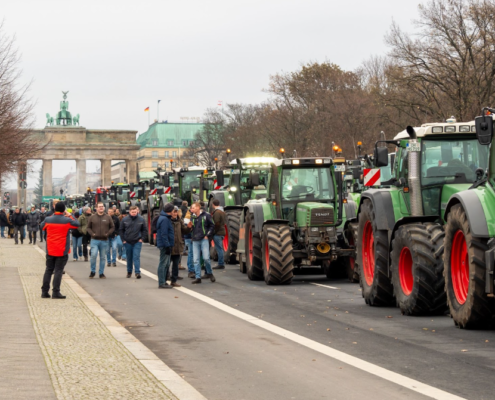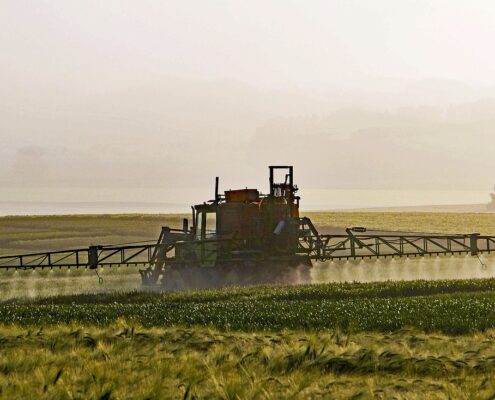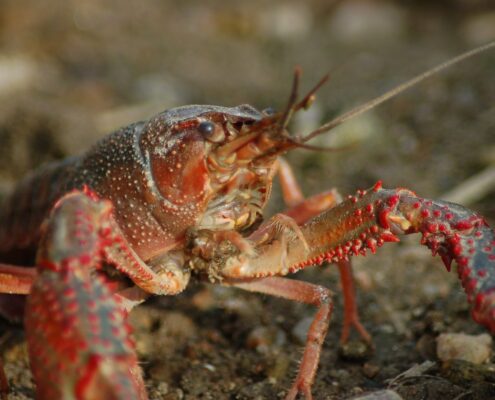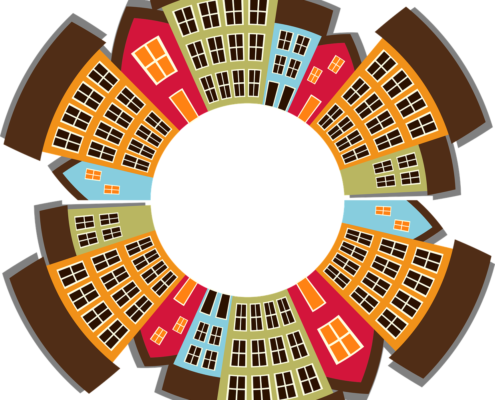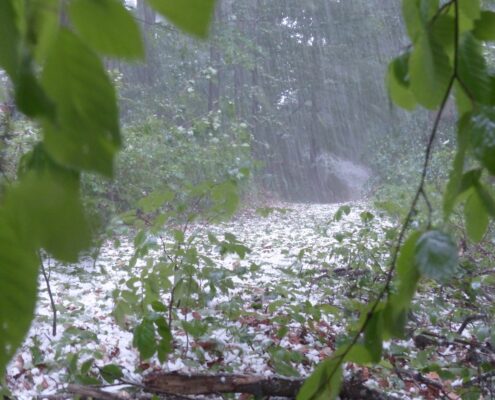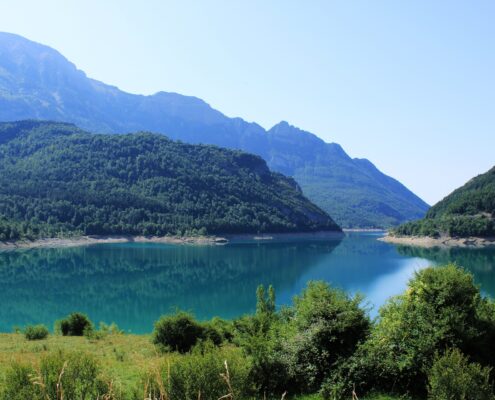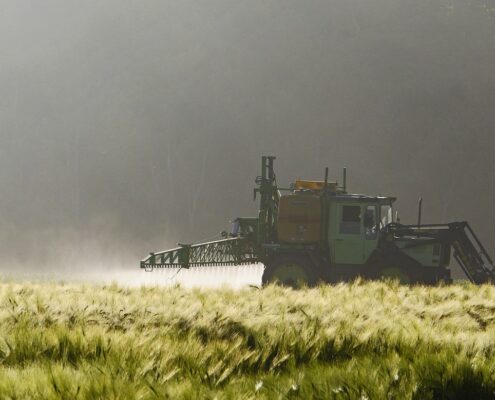 https://greenmarked.it/wp-content/uploads/2024/06/agriculture-2361978_1280.jpg
779
1280
Etienne Hoekstra
https://greenmarked.it/wp-content/uploads/2022/01/LOGO-GREENMARKED-SITO-600x600.png
Etienne Hoekstra2024-06-28 18:34:132024-06-29 10:24:20Balancing Agriculture and Sustainability in the EU
https://greenmarked.it/wp-content/uploads/2024/06/agriculture-2361978_1280.jpg
779
1280
Etienne Hoekstra
https://greenmarked.it/wp-content/uploads/2022/01/LOGO-GREENMARKED-SITO-600x600.png
Etienne Hoekstra2024-06-28 18:34:132024-06-29 10:24:20Balancing Agriculture and Sustainability in the EUJuly 08, 2022
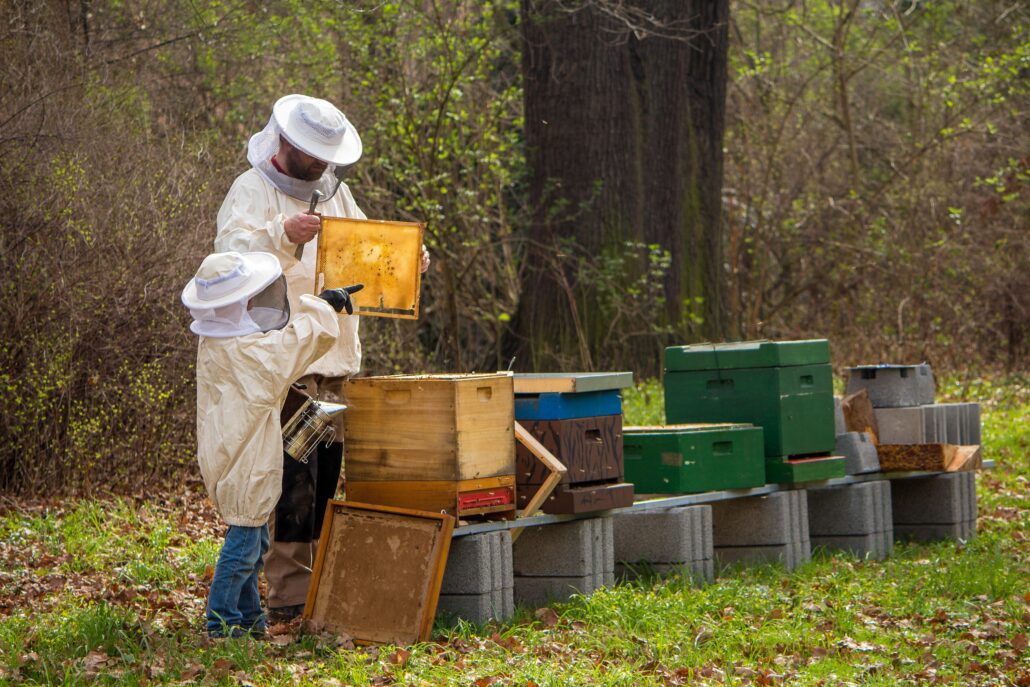
It is no news that times are not easy for bees. Threatened by diseases such as varroa, the massive use of plant protection products, and adverse weather, bees, which more than any other insect ensure the survival of humans, are not having a good time.
As occurred in Trentino in the past few years, this negative trend severely affects honey production. For Trentino-South Tyrol, the Italian National Honey Observatory reported a production drop because of bad weather in 2019, an improvement in 2020 followed by another decrease in 2021. The unfavorable temperatures of last year’s April and May forced the Provincial Council to allocate a public fund of € 300,000 in support beekeepers [1].
In order to produce honey, bees need certain temperatures to fly over flowers and find pollen and nectar. At low temperatures, they can find pollen (useful for brood) but not nectar, which is necessary for feeding. Under such climatic conditions, bees are unable to produce honey because some flower species (acacia and dandelion, for example) do not bloom, thus compromising the production season. This is a great damage to the economy of Trentino’s honey industry, which is an important component of Trentino’s farming sector.
By examining the farm size data, one can see that most beekeepers in Trentino are hobbyists (less than ten hives) and honey production is mainly for self-consumption. Looking at the number of apiaries in the Province of Trento, only 29 beekeepers hold more than 100 hives, and of these only 9 have more than 200. In 2021, more than 30,000 hives were active, of which about 5000 were permanently located outside Trentino-South Tyrol (the preferred region is Calabria, due to the diversity of flowering species) [2].
In addition to the production of honey and other hive products (royal jelly, propolis, wax, and pollen), some beekeepers are also involved in pollinating agricultural crops and raising queen bees and bee families, which they will later sell to other beekeepers.
Many beekeepers from Trentino call themselves “nomadic beekeepers“. In other words they move the apiary or parts of it (the hives) from the farm site to locations that differ in altitude, vegetation or climatic features. This is referred as “bee pastures” [3].
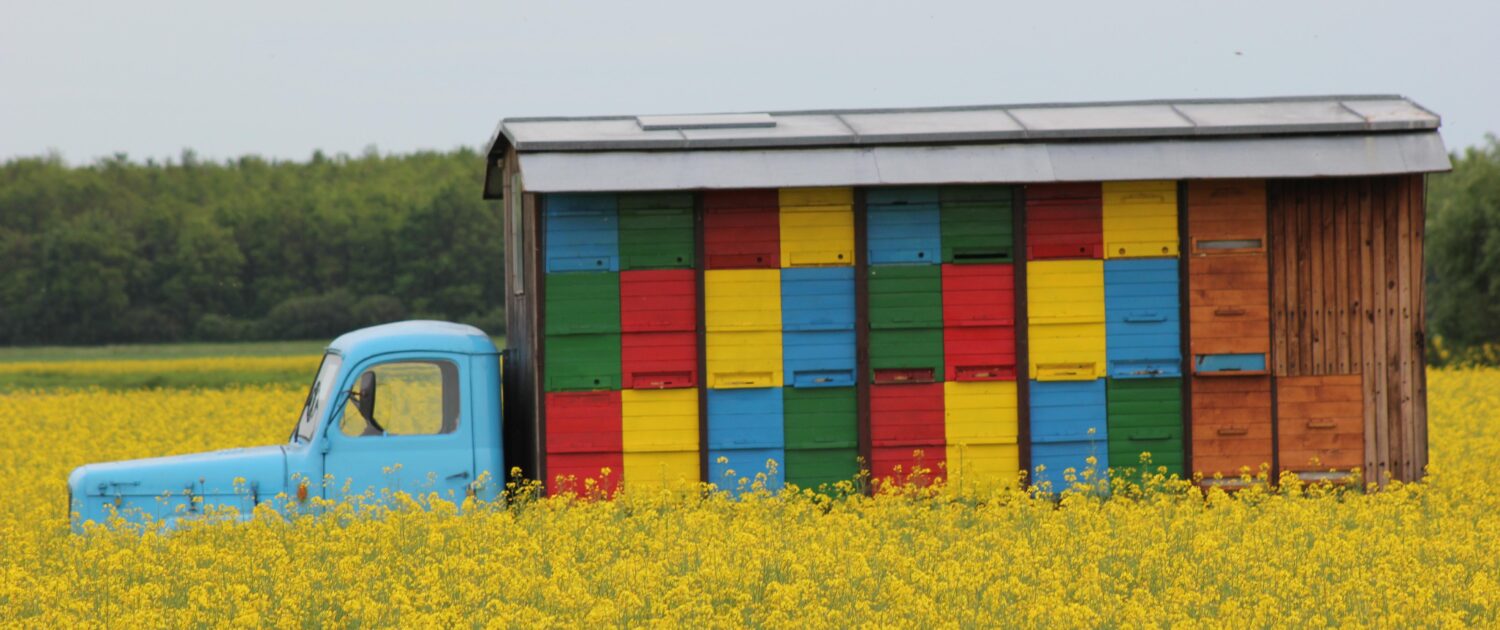
Fig. 1: Bee pasture in a rapeseed field. Free-source photo by Goran Horvat from Pixabay (May 07, 2017).
There are three types of bee nomadisms: of service, necessity and production. The first refers to beekeepers that transfer bees to farmers growing trees, bushes or grasses that require cross-pollination. Relocation for necessity has the purpose of removing bees for a period of time from their place of residence due to health reasons or to ensure sources of food that are lacking for various reasons. Finally, production nomadism is linked to the different blooms, e.g., the particular orography and high elevation range of Trentino’s land allow the succession of blooms over time and different altitudes. After all, bees have always been nomadic insects. It has been calculated that a bee makes three to ten trips a day and is able to pollinate several thousand flowers. To make one kilogram of honey, bees will have to visit 22 million flowers [3].
In the honey industry, the first innovation story from Trentino starts with the study and recovery Trentino’s bee ecotype. Since 2019, a beekeeper from eastern Trentino has been raising native-bred queen bees in apiaries located in specific areas of the Lagorai mountain chain. The premium line of high-altitude honey produced in this nature area has been recently added to the list of Italian products of excellence marketed by Gambero Rosso.
The second virtuous story comes from the Val di Sole valley where a beekeeper has established a permanent workshop for the construction of PEFC-certified wood hives and beekeeping equipment. Thanks to this project, hives with fixed and mobile bottoms, honeycombs, frames, hive covers, anti-varroa bottoms, Hoffman frames and cube hives are now available also for homeowners. In this way anyone can become a beekeeper.
Hard times yes, but Trentino’s beekeeping industry knows how to reinvent itself to keep up with them!
Related articles:
References:
[1] Osservatorio Nazionale Miel. (2022). Miele: Andamento produttivo e di mercato per la stagione 2021. 1, 107.
[2] Provincia Autonoma di Trento – Servizio Agricoltura. (2020, December 31). Dati statistici—Dati 2020. http://www.trentinoagricoltura.it/Trentino-Agricoltura/Apia/Dati-statistici/Dati-2020.
[3] Provincia Autonoma di Trento – Servizio Agricoltura. (2012). Miele del Trentino. Storia, tradizione, qualità (p. 73).
Cover photo: Bee hives in a forest patch. Free-source photo by Erika Varga from Pixabay (May 27, 2019).
Preview photo: Present and future generation of beekeepers (Magdeburg, Saxony-Anhalt, Germany. April 3, 2016). Free-source photo by Michael Strobel fom Pixabay.

